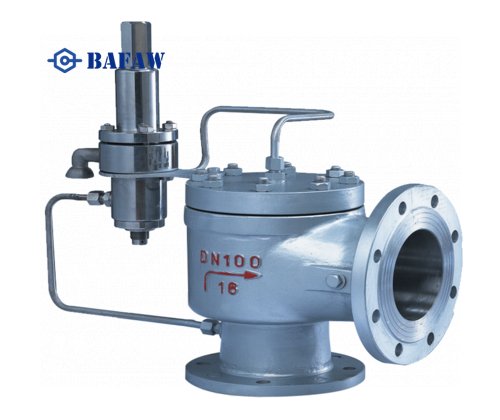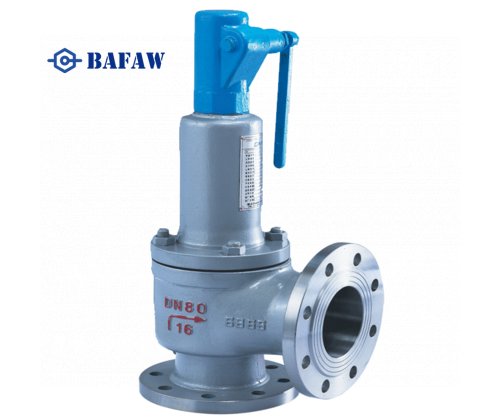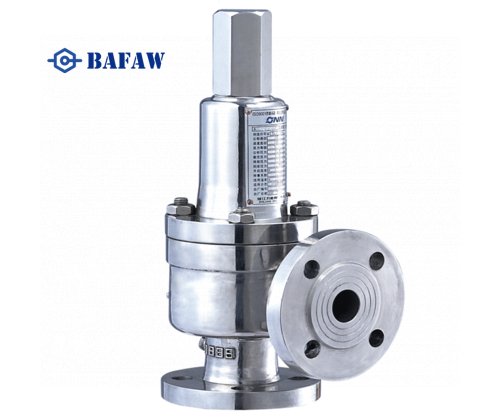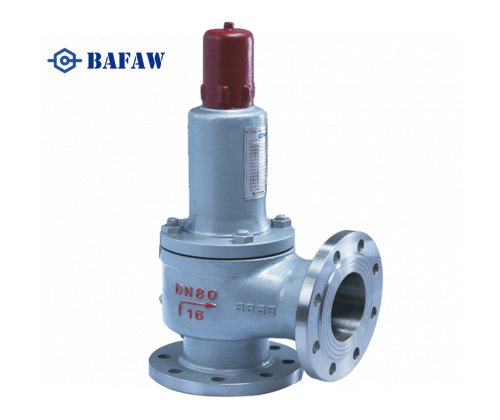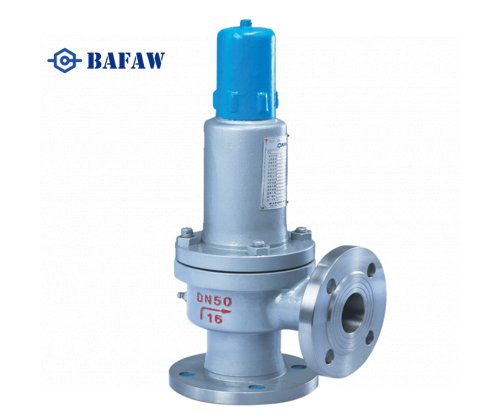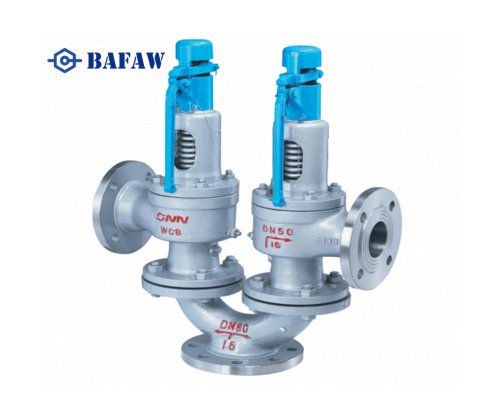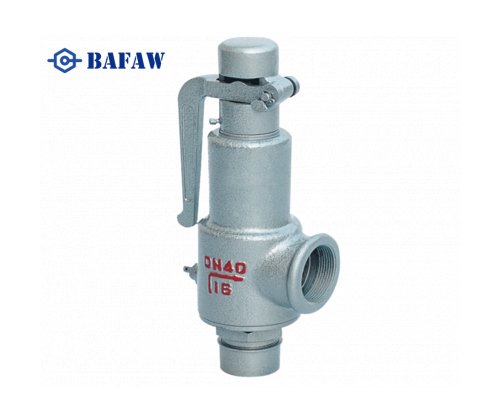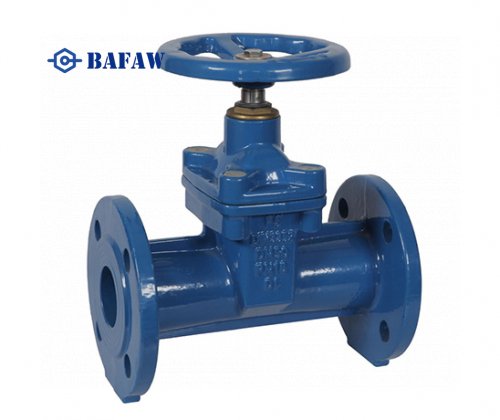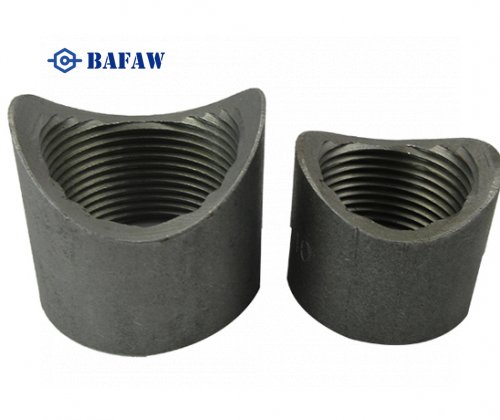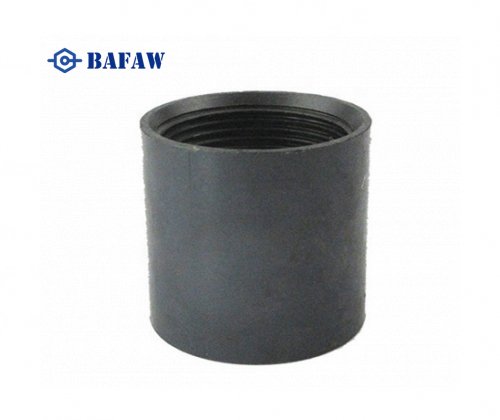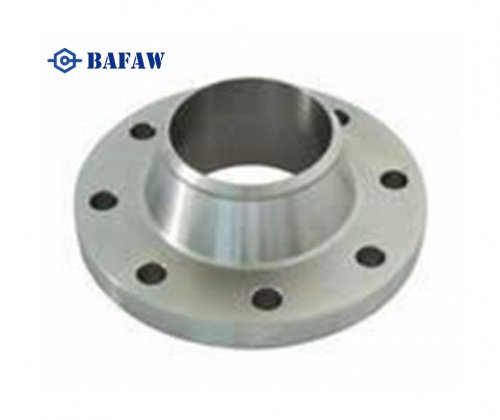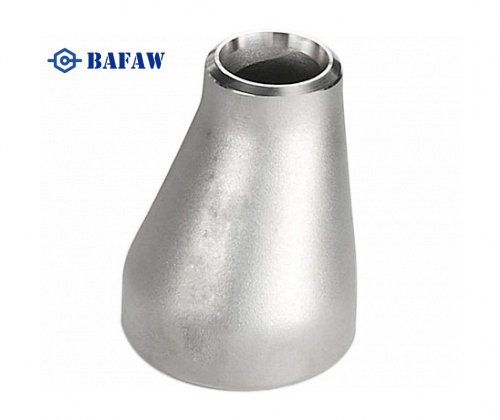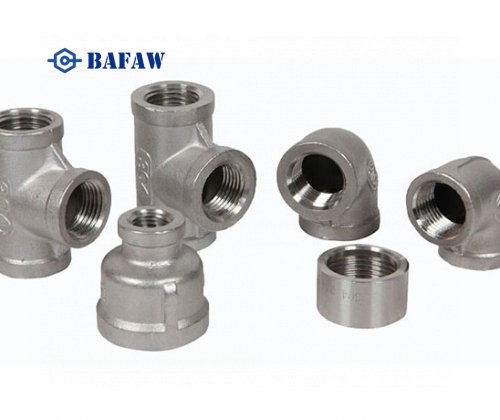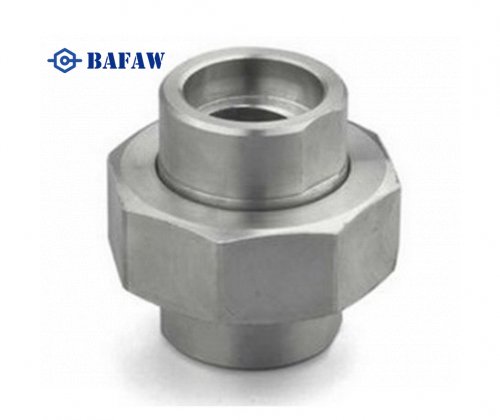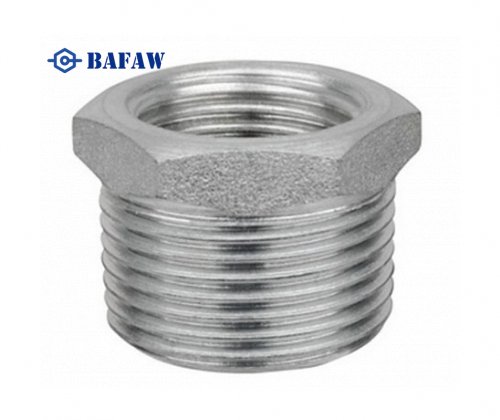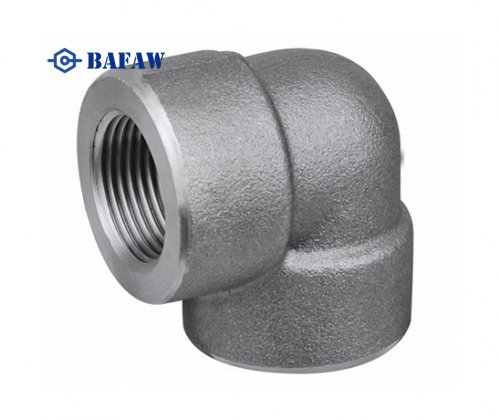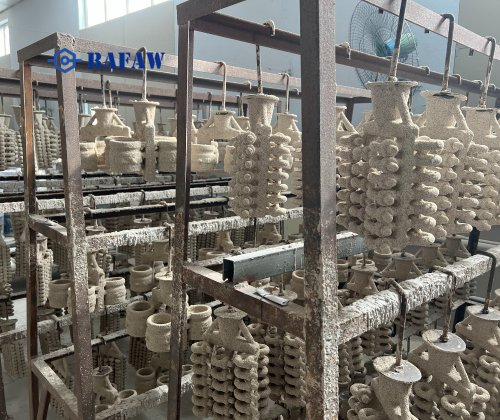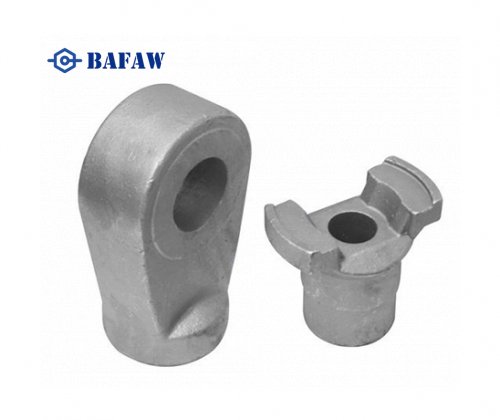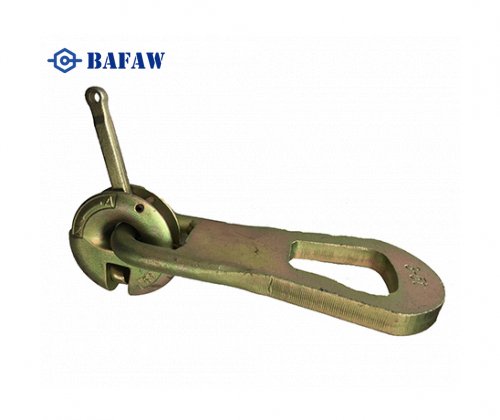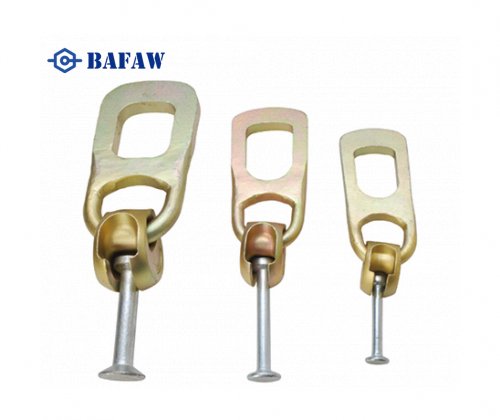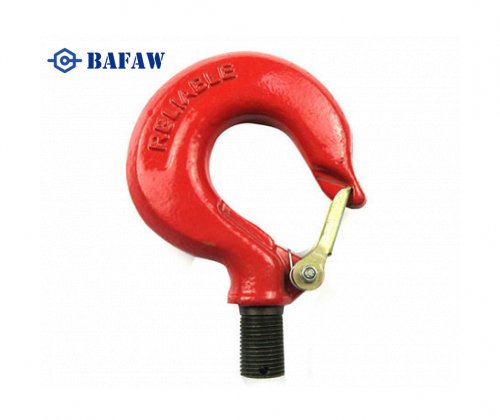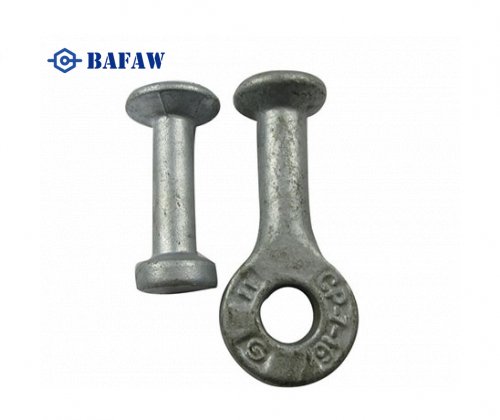To keep stop valves in good shape, start with a simple checklist: check for leaks, make sure the handles move with ease, and test shut-off by turning the valve both ways.
Inspect the seals and gaskets for any signs of wear as cracks or brittle sections usually lead to leaks. Ball valves rotate with a simple quarter-turn, while gate valves require a full rotation. A small, flat head screwdriver may be required.
When a valve gets stuck with use, clean the buildup off and apply a non-toxic, grease-safe lubricant. When doing repairs, make quick fixes by tightening loose nuts, replacing washers, or putting in new saddle valves if leaks develop.
In cold areas, drain pipes annually before winter. A working main shut-off valve is your first line of defense in any plumbing emergency.
Stop Valves: Beyond the Basics
Stop valves have changed quite a bit. They leverage smart technology, like sensor-driven shut-off and automatic leak detection, making them ideally suited to today’s plumbing requirements in both homes and large commercial buildings.
This protects clean water, aids in rapid repair response, and reduces damage in the event of a leak. In nonpotable applications, such as garden drip lines or farm irrigation sprinklers, stop valves are an essential component.
They assist in managing precise water output for every zone, letting plants get exactly what they require. Certain stop valves can reduce water loss and maintain pressure at the same time as saving energy.
This reduces the burden on your pumps and heaters. Labs and hospitals provide some interesting examples of unique uses of stop valves. These valves give users the ability to turn off water to individual devices, providing greater convenience and security.

Conclusion
Stop valves can perform real work, protecting homes and large installations. Each type serves a specific and obvious purpose, from basic shut-off to leak prevention. Appropriate care ensures that stop valves remain in good condition. Choose the appropriate size and type, and then install them snugly. Keep them clean and inspected regularly to identify areas of corrosion or cracking. Replace worn or rigid components promptly. New technology has introduced smart stop valves that can detect leaks more quickly and shut down the flow of water almost immediately. Discover how each valve contributes to ordinary life and extraordinary repairs. Take the experience that you’ve learned back home, seek the advice of experts if you hit a wall, and continue to explore further as the technological landscape evolves. Save lives by improving driver and pedestrian safety and protecting our water supply by replacing lead water lines. Keep learning and expanding your knowledge with every project.
Frequently Asked Questions
What is a stop valve used for?
The function of a stop valve is to start, stop, or regulate the flow of liquids or gases through a plumbing system. This mechanism enables you to turn off water from the main water supply lines to an entire house without shutting it down completely.
How do I choose the right stop valve type?
Choose a stop valve according to the pressure and temperature of your plumbing system as well as the type of fluid. For various applications, ball, gate, and globe stop valves are popular options, offering superior quality products.
Can I install a stop valve myself?
Can I install a stop valve myself? While a pro ensures a leak-free installation, beginner DIY homeowners can also use quality products.
How often should stop valves be maintained?
Inspect and operate your stop valves at least twice a year to prevent sticking and identify leaks early, ensuring the quality products in your plumbing system function properly.
What are common signs a stop valve needs repair?
Signs that a stop valve needs repair include leaking around the valve, difficulty turning the valve, or loss of water flow. These are indications the valve requires additional cleaning, lubrication, or replacement to ensure quality products in your plumbing system.
Are stop valves suitable for all types of pipes?
Stop valves are suitable for any type of piping, whether metal or plastic, and it's essential to confirm compatibility with your particular pipe material and size before adding items to your shopping cart.
Why is regular stop valve care important?
Taking care of the valve increases its lifespan, fixes leaking valves, and provides consistent water flow control when needed, ultimately conserving water and ensuring superior quality products for your plumbing system.

















